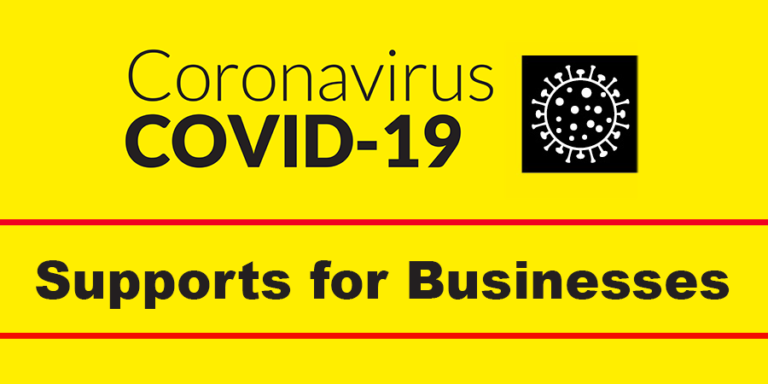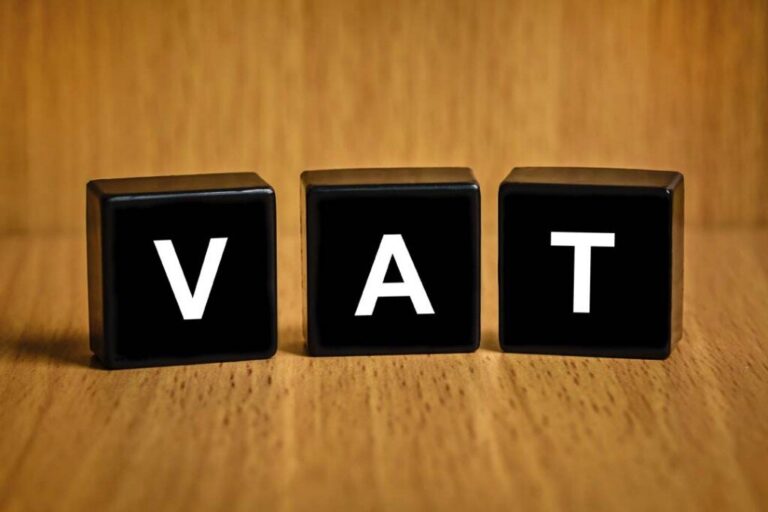Navigating the Irish Income Tax Deadline: Form 11 vs. Form 12, Self-Assessment & PAYE
As the days tick down to the looming income tax deadline in Ireland on the 31st of October 2023, taxpayers across the country are preparing to fulfil their 2022 tax obligations. This annual event requires individuals and businesses to ascertain which tax form, Form 11 or Form 12, they must file.
Understanding the thresholds that trigger the need to file Form 11 or Form 12 is essential. These thresholds determine the complexity of tax obligations and the appropriate tax form that should be used for reporting income for 2022.
Understanding Tax Forms: Form 11 vs. Form 12
What is the difference between Form 11 and Form 12?
Form 11
Form 11 is typically used by individuals whose income is outside the scope of PAYE and includes self-employed individuals, company directors, and those with significant non-PAYE income. The main thresholds for filing Form 11 are as follows:
-
Self-Employed Individuals: If you are self-employed, you are required to file Form 11. This includes freelancers, sole traders, and individuals running their own businesses.
-
Company Directors: Company directors must file Form 11, regardless of the amount of income, as their earnings are typically a combination of salary, dividends, and other sources.
-
Income Exceeding €5,000 Outside of PAYE: If you earn income outside of your PAYE employment that exceeds €5,000, you are obliged to file Form 11. This encompasses income from rental properties, investments, foreign income, etc.
-
Significant Non-PAYE Income: If you have significant non-PAYE income, irrespective of the source, you must file Form 11. This could include profits from a trade or profession, rental income, capital gains, or foreign earnings.
Form 12
On the other hand, Form 12 is primarily designed for PAYE taxpayers with additional income that falls outside their PAYE employment.
The thresholds for filing Form 12 are straightforward:
-
Additional Income Up to €5,000: If you have additional non-PAYE income that does not exceed €5,000, you can use Form 12 for reporting this income.
-
Income Within PAYE but With Additional Sources: If you are a PAYE taxpayer and have additional sources of income, such as rental earnings, and the total additional income does not exceed €5,000, you can use Form 12.
Self-Assessment vs. PAYE
What is the difference between self-assessment and PAYE taxation?
Self-Assessment
Self-assessment, relevant to Form 11 filers, requires individuals to assess their own tax liability and calculate the amount owed to the Revenue Commissioners. Taxpayers are responsible for accurately reporting their income, allowable deductions, and any other relevant financial information. The burden of correct calculation and adherence to tax laws falls on the taxpayer.
Self-assessment taxpayers, including self-employed individuals and those with non-PAYE income, engage in a more proactive role in managing their tax obligations. The Revenue Online Service (ROS) is the platform required for the self assessed.
-
ROS for Self-Assessment: The Revenue Online Service (ROS) provides a comprehensive suite of tools and services for self-assessment taxpayers:
-
Filing Tax Returns (Form 11): Self-employed individuals, company directors, and those with non-PAYE income can electronically file their annual tax returns (Form 11) through ROS.
-
Paying Taxes: ROS enables taxpayers to make secure online payments for taxes owed or to set up payment arrangements.
-
Revenue Online Enquiries: Taxpayers can submit queries, seek clarifications, and receive assistance from the Revenue through the secure messaging system on ROS.
-
Tax Clearance Certificate Application: Users can apply for tax clearance certificates, an essential requirement for various business transactions.
PAYE (Pay As You Earn)
PAYE, on the other hand, is the mechanism through which tax is deducted by employers from employees’ earnings and remitted directly to the Revenue Commissioners. This system simplifies the process for employees as their tax liability is managed and deducted by their employer, ensuring consistent contributions towards their annual tax obligation.
The Revenue provides an online platform called myAccount tailored for PAYE taxpayers.
-
myAccount for PAYE: The myAccount portal offers a secure and user-friendly environment for PAYE taxpayers to manage their tax affairs. Features include:
-
Access to Personal Tax Records: Taxpayers can view their tax credits, review their tax position, and monitor their tax payments.
-
Tax Certificates: Access and download tax certificates, which are often needed for various financial transactions.
-
Applying for Tax Refunds: Eligible individuals can apply for tax refunds through the platform.
-
Updating Personal Details: Taxpayers can update personal information, including changes in employment or marital status, which impact tax obligations.
The Annual Irish Tax Deadline Draws Near
As the 31st of October 2023 approaches, taxpayers need to be vigilant and proactive in meeting their tax obligations. Time is of the essence, and delays in gathering the necessary financial records, completing the required forms, and ensuring accuracy could result in penalties or interest charges. Therefore, it is vital to act swiftly and efficiently to meet the looming tax deadline. Talking to a chartered tax accountant will be advantageous to ensure you are compliant with tax obligations. Stay informed, stay compliant and contact Lalor and Company if you have queries.








